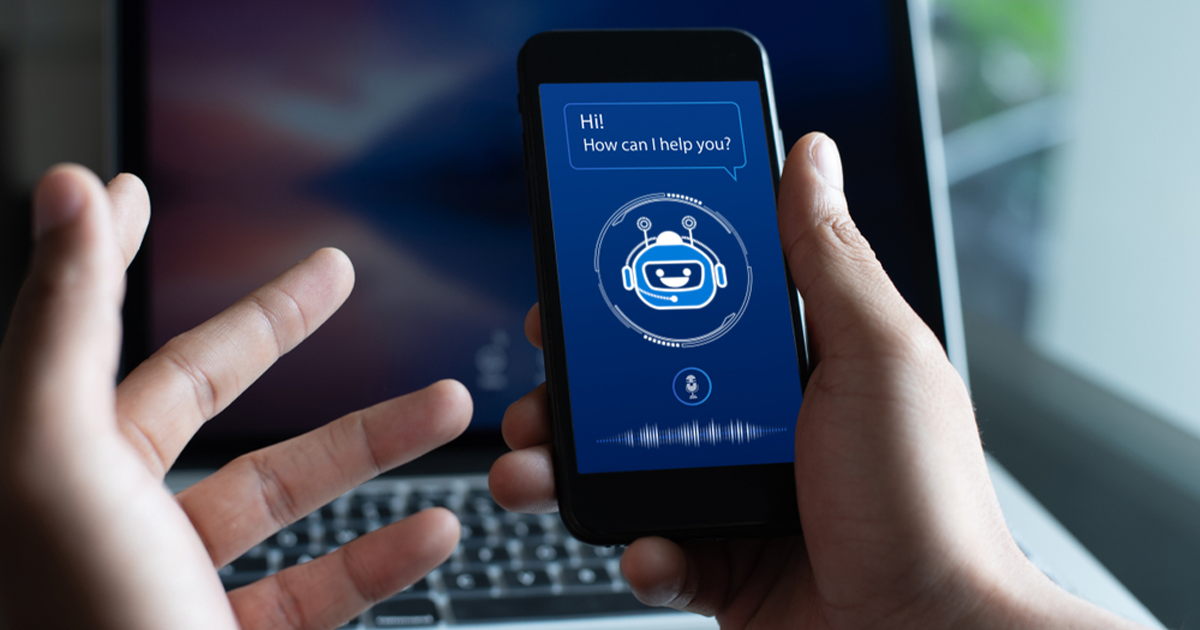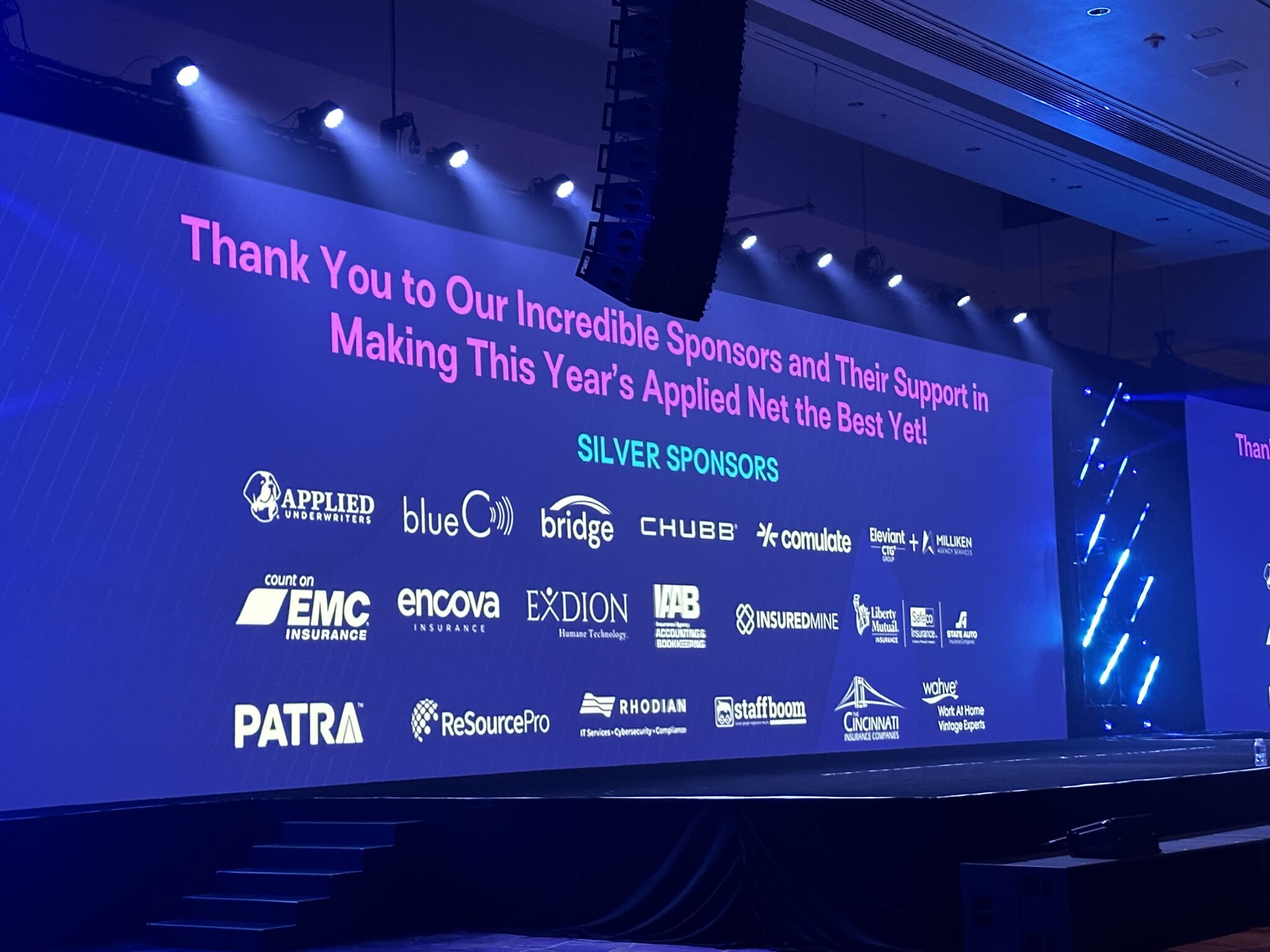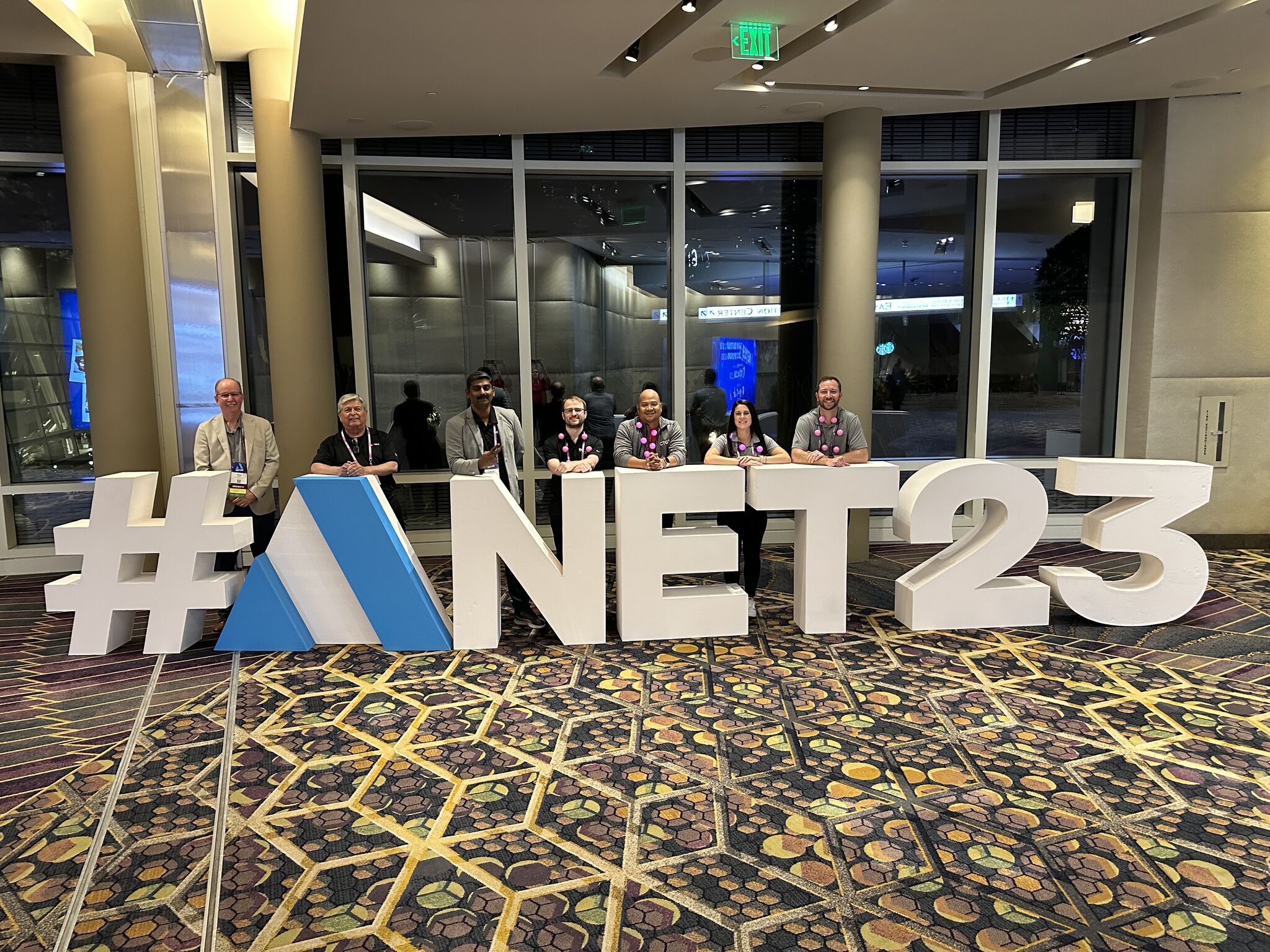Eleviant is to Elevate & Scale. Eleviant Tech symbolizes business transformation and reinforces our mission to help clients elevate and scale their business.
How Chatbots Can Improve Customer Service in the Manufacturing Industry
June 11, 2021

Customer service. It’s something every manufacturer needs to keep existing business going. It’s what drives new opportunities through word of mouth. It’s one important aspect that differentiates certain producers from the competition. And more often than not, manufacturing businesses outsource customer service to their distributing partners. After all, you want to be solely focused on creating the best product money can buy.
But even distributors can be selective on who they do business with. Manufacturers still need to provide a good customer experience with their agents, wholesalers, retailers and industrial distributors. But without the expertise, infrastructure and notably the manpower to staff such a department, customer service is often treated as an afterthought since its overall ROI cannot be measured easily.
Fortunately, there’s a powerful tool available on the market to assist manufacturers with their customer service needs called the chatbot. As a virtual customer service representative on behalf of your business, this artificial intelligence technology is paving the way for better conversations, one message at a time.
To better understand how chatbots fit into the manufacturing space, let’s explore some of the common customer service concerns that arise during daily business.
Streamline your process
Most customer service activities are highly repetitive in nature. A common example for manufacturers is product inquiries which might include order statuses, reporting broken & defective parts, and questions about restocking timelines for products that may be temporarily unavailable.
In a traditional customer service environment, your employee may be on call for their shift for an 8-hour period, answering various phone calls around common product inquiries. Most businesses develop a script for an employee to read off, in order to standardize the approach to customer service.
This is a good way to be an asset to your customers most of the time. But for employees, the script can be boring and unrewarding over time. To demonstrate, imagine if Larry the employee gets a call from a customer about a broken product they received. Here’s how that conversation might go:
- Larry greets the customer.
- Customer shares the bad news with Larry.
- Larry asks the customer to share the product ID, guiding him/her to where the ID is located on the physical object.
- Customer shares the ID.
- Larry looks up the ID to confirm it’s the right match. He then asks the customer if they have their receipt (invoice #)
- Here, the customer can reply two ways:
- Yes
- No
- If the customer does have the receipt, then Larry will get a shipping address and confirm it with the customer.
- Once the customer confirms the address, Larry will push the product shipping request to the distributor and then send a follow-up email to the customer with the new invoice.
- If the customer no longer has their receipt, then Larry will tell him/her to repurchase a new product and offer to redirect to sales team.
As we can see, Larry follows a script that’s for the most part very linear to the customer journey with a slight deviation. While this might be okay for one customer at a time, what if there are suddenly FIVE customers all wanting Larry’s attention?
Larry needs a personal assistant to help. And, this is where chatbots come in.
Bring your employees in when they are most needed
We’ve seen that repetitive tasks can be automated directly through a chatbot. In addition, chatbots work around the clock 24/7 and are not constrained to human limits like hunger & sleep. So why use Larry at all to handle any of these scripts that make up customer service? It turns out that not all problems are created equal and there will be times where complex issues require human intervention. This is where Larry truly shines.
Chatbot technology has advanced along with the implementation of Industry 4.0, ushering a new wave of the Internet of Things (IoT.) You live in a world of connectivity and chatbots integrate with practically everything. In our previous example about replacing a broken product for a customer, how many external systems do you think the chat conversation used?
From the outside, a customer never sees any of the back-end work happening behind closed doors. They just enjoy the intuitive conversation elements of a text message, sometimes with images and video for flair. But there’s actually a lot of back-and-forth information sharing going on. Here’s the number of integrations one chatbot conversation could have:
- PRODUCT DATABASE – When the customer shares their product ID.
- CUSTOMER DATABASE – When the customer shares their receipts.
- DISTRIBUTOR DATABASE – When the employee is putting in an order request shipping.
- EMAIL DATABASE – When an autoresponder is generating emails to send customer details.
In addition, the chatbot may do hand-off to Larry once problems escalate to a certain threshold of complexity.
- CALENDAR SYSTEM – When a customer wants to setup an appointment directly with Larry on a specified date and time.
- LIVE CHAT SYSTEM – When a customer wants to immediately transfer the conversation from the chatbot to Larry.
All these integrations flow through a single chatbot that can simultaneously serve thousands of customers at scale. It’s an incredible feat of the modern world, often times overlooked, but one where many manufacturing companies are striving to adopt in their own digital transformations. 36% of heavy manufacturing CIOs whose enterprise had recently experienced some type of disruption said that operating cost competitiveness had fallen behind.
A better way to sell
It’s no surprise that with the advent of Industry 4.0, many manufacturers are looking to increase their own revenue streams and expanding in Direct-To-Consumer (DTC), as just one of many new avenues to growth. Websites like American Leather and Nike have added e-Commerce opportunities in addition to their existing partnerships with distributors.
Multiply those outreach channels with the advent of social media, and suddenly, the revenue potential explodes with possibilities. While most manufacturers dream of building a dedicated sales team to directly connect with new customers, the producers who are using chatbots as part of their communication operations are light years ahead.
For the customer service representative, this means more upselling & cross selling across the various product lines. A modern day chatbot uses its artificial intelligence to learn about customer interactions over a conversation’s lifetime, to personalize purchasing decisions unique to the individual.
Think of all the times Google or Amazon have shown you exactly what you are interested in when you browse the web. Now imagine if you could do the same for your potential customers when they visit your website. You now have the power to use chatbots to drive highly engaging conversations that push customers towards your bottom line: recurring sales and customer loyalty.
Simplify your customer work
Customer service isn’t going away, and neither are manufacturers who produce the raw goods that serve the world economy. What is changing is the competition – all fighting for the biggest chunk of the market in their respective industry. The US manufacturing sector itself has been most competitive in R&D and design-based activities, but is quickly losing ground in scale-based and learning-curve activities, according to McKinsey & Company.
Adopting new technologies like chatbots into your customer service workflow is just one way to be a better asset to your customers, stay ahead of your competitors, provide better employee support, and increase overall revenue opportunities.
If you are interested in learning more about chatbots, be sure to setup a demo with a vChat representative and experience what happens behind the curtain. You can also try out some of our demo chatbots exclusive to the manufacturing space.
Get in touch with our Digital consultants to Elevate & Scale your business
Free ConsultationReady to get interesting insights of Eleviant? Subscribe to our Newsletter
SubscribeRelated Posts
Digital Transformation
Emerging Tech
vChat
How to Protect Against Chatbot Abuse
Get in touch with our Digital consultants to Elevate & Scale your business
Free ConsultationReady to get interesting insights of Eleviant? Subscribe to our Newsletter
Subscribe




































































